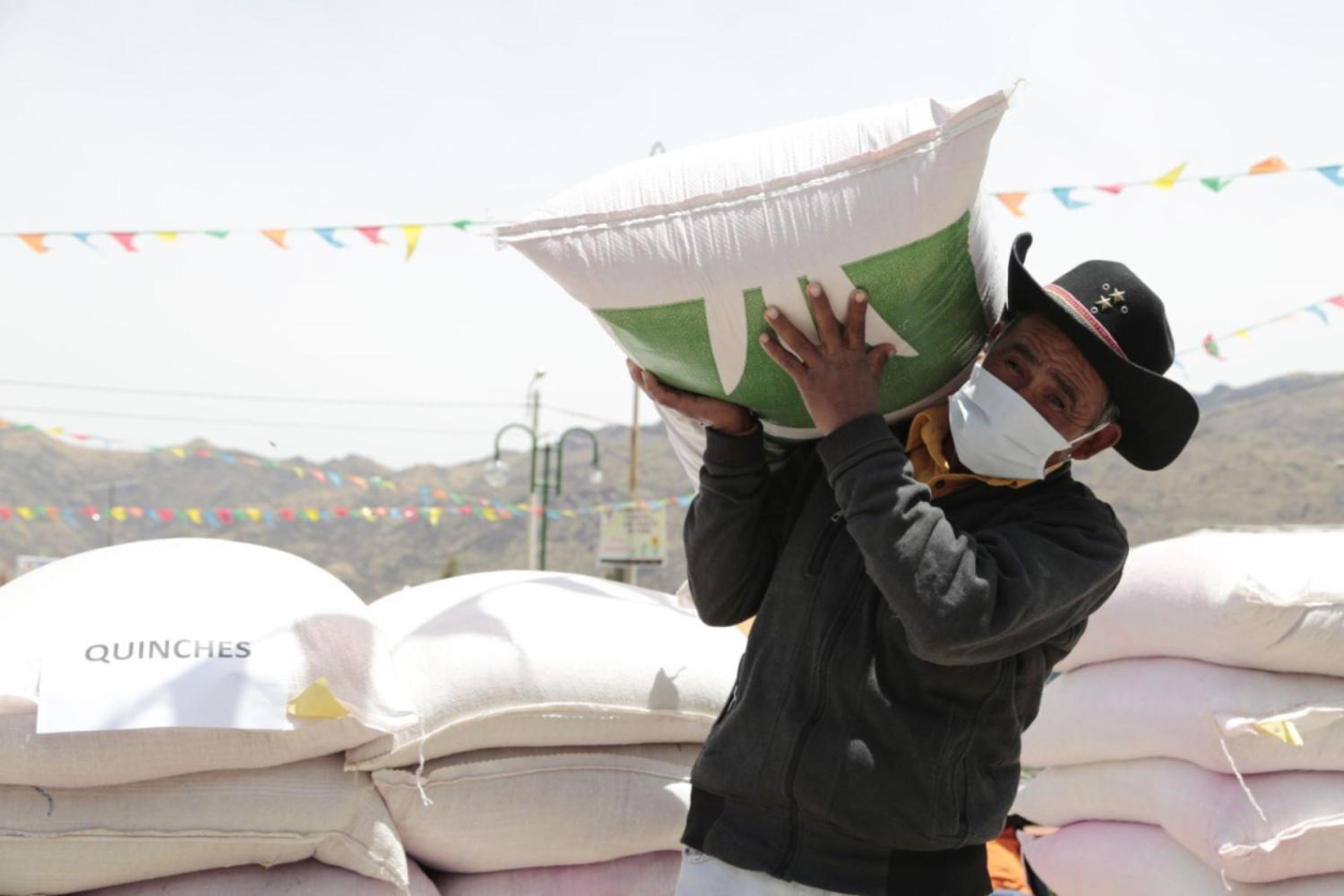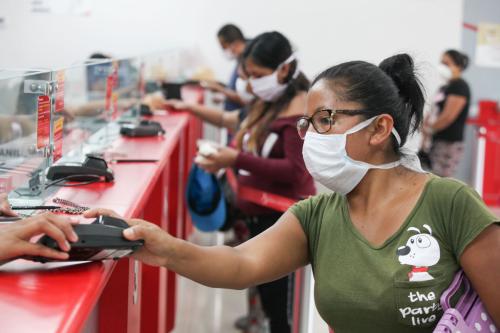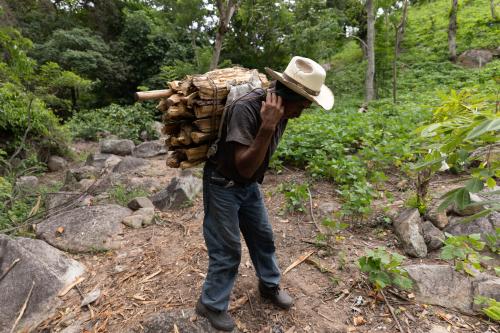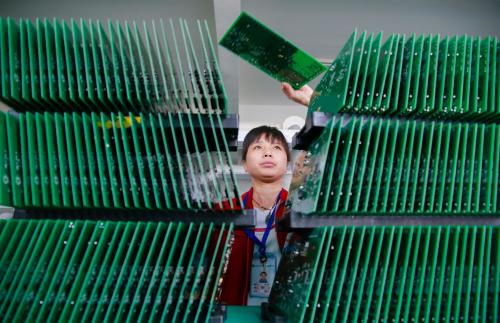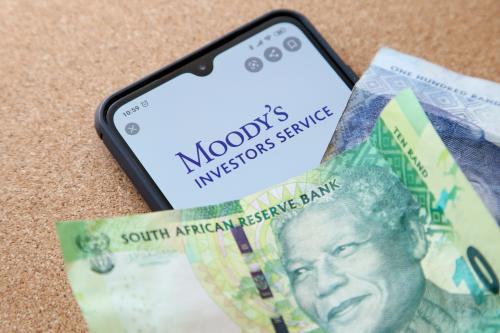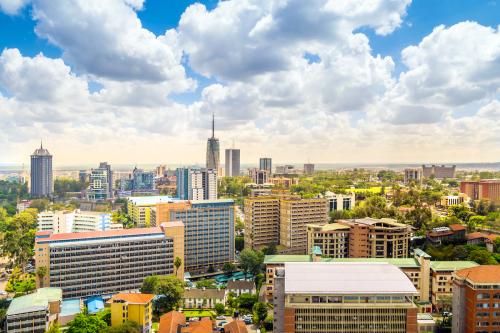Introduction
Just over a year into the COVID-19 crisis, it is apparent that there is great urgency for governments to address an overlapping set of issues—among them health, climate, nature, resilience, recovery, jobs, and inequality—at a scale far larger than would have been imaginable before the onset of the crisis.
Political leaders have concluded that bold action today on resolving debt and development distress simultaneously is less risky than caution and incremental change, or an effort to sequence debt resolution before development. This recognition draws a parallel between dealing with the pandemic and dealing with broader issues of global equity and fairness. Just as success in the fight against COVID-19 is not achievable until there is almost universal vaccination and the virus dies out, it is equally true that all countries need to shift to a path of sustainable development to build resilience into the global economy. Efforts of all countries are needed to avoid surpassing the tipping point thresholds of greenhouse gas concentration and to conserve the planet’s biodiversity, as extinction cannot be reversed.
Government ambition, in turn, must be reflected in the willingness to undertake policy reforms and to put in place new investments that will transform economies in the desired direction. Those new investments must be financed. For most emerging markets and developing countries, a sizable portion of the finance must come from abroad in the form of debt.
The developing world is currently facing twin crises—a balance of payments and debt crisis that may upend development progress, and a development crisis that could erupt into a debt crisis as the state of the economy deteriorates.
Against this background and logic, the international financial system is not performing well in its core function of allocating the world’s savings in a fashion that is globally efficient. The business-as-usual scenario presented by the International Monetary Fund (IMF) in its World Economic Outlook predicts that Africa, Latin America, and the Middle East will each have negative net financial flows (excluding grants) in 2021. Debt levels have risen such that governments in half of all low-income countries are either already in debt distress or at high risk. Of the other half, only 11 low-income country governments are classified as having a low risk of debt distress.1 Most of the low-income countries in debt distress, such as Mozambique, Somalia, Sudan, and Zimbabwe have had long track records of development distress.
Governments need to continue to borrow and invest. The private sector will not be a substitute. Foreign direct investment is falling. United Nations Conference on Trade and Development (UNCTAD) estimates a global fall of up to $100 million in 2021, coming on top of a 40 percent decrease in 2020.2 Latin America, Africa, and structurally weak and vulnerable economies will be hit especially severely. Greenfield investment announcements, cross-border mergers and acquisitions, and global project finance in infrastructure have tumbled. In the first half of 2020, cross-border private provision of infrastructure in developing countries fell by 56 percent.3
The developing world is therefore currently facing twin crises—a balance of payments and debt crisis that may upend development progress, and a development crisis that could erupt into a debt crisis as the state of the economy deteriorates.
Before COVID-19, most debt crises were the result of development crises—governments that had borrowed money that was poorly invested, spent on consumption or on responding to natural disasters, or outright stolen, simply could not repay debt service in full when the bills came due. The international policy response was therefore rooted in fixing development policy before resuming additional financing.
Entering 2021, however, there is a large group of developing countries, including both low-income countries and market-access countries, that faces a different problem.[4] These countries have had long periods of national economic growth and public revenue growth exceeding the interest rate on debt, suggesting that debt dynamics are stable in the long run. However, current liquidity shortages and sharp hikes in risk premia charged in global capital markets are changing debt dynamics in predictable ways, creating risks that development momentum will be lost if priority is given to servicing external debt at current market rates by cutting back on public spending.
Any slowing of sustainable growth in emerging markets and developing economies (EMDEs) beyond that already occasioned by the impact of COVID-19 would be bad for the world economy on three counts. It would slow global growth; EMDEs have accounted for two-thirds of global growth since 2000, and 40 percent excluding China. It would prolong the pandemic by reducing resources for basic public health. It would sharply curtail efforts to mitigate climate change if poor countries are unable to adequately preserve forests, soils, and pasturelands and invest in renewable energy sources. Thus, there is a narrow economic self-interest for coordinated global action to address the twin debt and development crises, in addition to the fundamental moral self-interest of sharing responsibility for promoting human rights across the world, including for those being left behind by the existing economic conjuncture.
This paper addresses policy options in three areas to respond to the current context:
- How to improve on the debt resolution mechanism to address the debt overhang issue
- How to maintain development momentum for those countries facing a liquidity shortage
- How to reform the international architecture to reduce the risks of future debt crises
In thinking through policy options in the current context, three lemmas of economic theory should be kept in mind:
- COVID-19 represents a temporary shock to each individual country’s economy. The appropriate economic response to a temporary shock is to borrow money, either from future generations in the case of domestic debt or from foreigners, in order to smooth consumption over time.
- Most developing countries in recent times have had track records of sustainable debt dynamics. The growth in GDP, or public revenues, has exceeded the rate of interest on external debt over a medium to long term horizon (10 to 20 years). In such cases, it is efficient to borrow for investment and consumption. In a recent paper, we documented that at least three-quarters of developing countries currently facing liquidity issues fall into this category, responsible for two-thirds of debt service due in 2021.4
- The critical parameter determining the choice between investment in fossil fuels and renewables is the cost of capital. If developing countries are to be brought into the global effort to address climate change, mechanisms must be put in place to provide them access to capital on reasonable terms. It is in developing countries where urbanization is fastest, and where the growth in demand for energy is highest. Their choices will dictate the carbon footprint lock-in for much of the planet.
-
Footnotes
- IMF (2020). “List of LIC DSAs for PRGT eligible countries.”
- UNCTAD (2020). “World Investment Report 2020.”
- World Bank (2020). “Private Participation in Infrastructure (PPI) database.”
- Kharas and Dooley (2020), op. cit.


